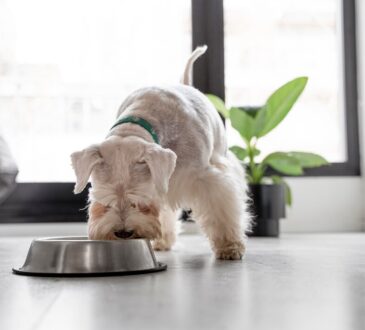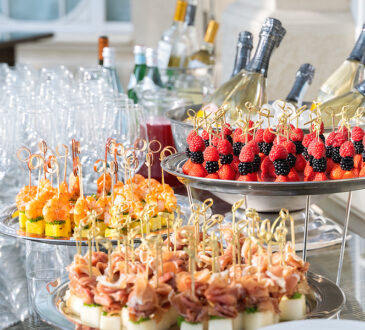
Integrating green spaces has become paramount in creating sustainable, beautiful, and functional areas in the ever-evolving urban development landscape.
Among the innovative solutions emerging in this realm, synthetic grass has been gaining momentum in Sydney, offering a versatile and environmentally friendly option for city dwellers and planners alike.
We break down the artificial grass industry, exploring its benefits, applications, and why it’s becoming a go-to choice for urban landscapes.
A Green Revolution: The Rise of Synthetic Grass
The concept of synthetic grass, once relegated to sports fields and playgrounds, has undergone a remarkable transformation. Today, it stands at the forefront of urban green space solutions, championed for its low maintenance requirements and enduring appeal. The journey of synthetic grass from its inception to its current status as a landscape stalwart is a testament to technological advances and a growing commitment to sustainable urban planning.
Enduring Beauty, Minimal Upkeep
One of the standout features of synthetic grass is its ability to maintain a pristine appearance year-round, regardless of weather conditions. Unlike natural turf, it requires no watering, mowing, or fertilising, making it a cost-effective and eco-friendly option. This resilience against the elements ensures that urban spaces remain vibrant and welcoming without the extensive maintenance that natural grass demands.
A Sustainable Choice for Urban Environments
The environmental benefits of synthetic lawns for Sydney landscapes should not be minimised. In cities where water scarcity is a concern, artificial lawns offer a practical solution, eliminating the need for irrigation. Moreover, they reduce the use of fertilisers and pesticides, further lowering their environmental footprint. By mimicking the appearance and feel of natural grass, they provide an aesthetically pleasing alternative that contributes to the ecological health of urban areas.
Versatility in Application: Beyond the Backyard
Synthetic grass’s application extends far beyond residential backyards. It is increasingly used in public parks, playgrounds, rooftop gardens, and even indoor spaces, offering a touch of nature where traditional turf might not thrive. This versatility has made it an integral component of modern urban design, allowing for the creation of green oases in the concrete jungle.
The Path Forward: Synthetic Grass and Urban Sustainability
As cities continue to grow and face environmental challenges, the role of synthetic grass in urban landscapes is set to expand. Its potential to contribute to sustainable development goals by reducing water usage and chemical inputs aligns with the broader vision of creating resilient and liveable cities for future generations.
Constituents keen to develop their awareness and improve property value can engage with a series of water-wise solutions. From greywater recycling to rainwater harvesting, there are effective strategies that families can leverage to meet their sustainability requirements.
The Final Word
In conclusion, the popularity of synthetic grass in Sydney’s urban landscapes marks a significant shift towards more sustainable and maintenance-friendly green spaces. Its durability, eco-friendliness, and versatility make it an ideal choice for city environments where the balance between nature and urbanity is essential. As we move forward, embracing innovative solutions like synthetic grass will be vital in shaping sustainable, vibrant, and inclusive urban spaces.
Exploring synthetic grass’s environmental benefits and practicality reveals its potential as a cornerstone of sustainable urban design. By adopting this versatile solution, cities can create lush, green environments that endure without the extensive upkeep and environmental costs associated with natural turf. Thanks to the evolving role of synthetic grass in city planning, the future of urban landscapes looks greener and more sustainable.



